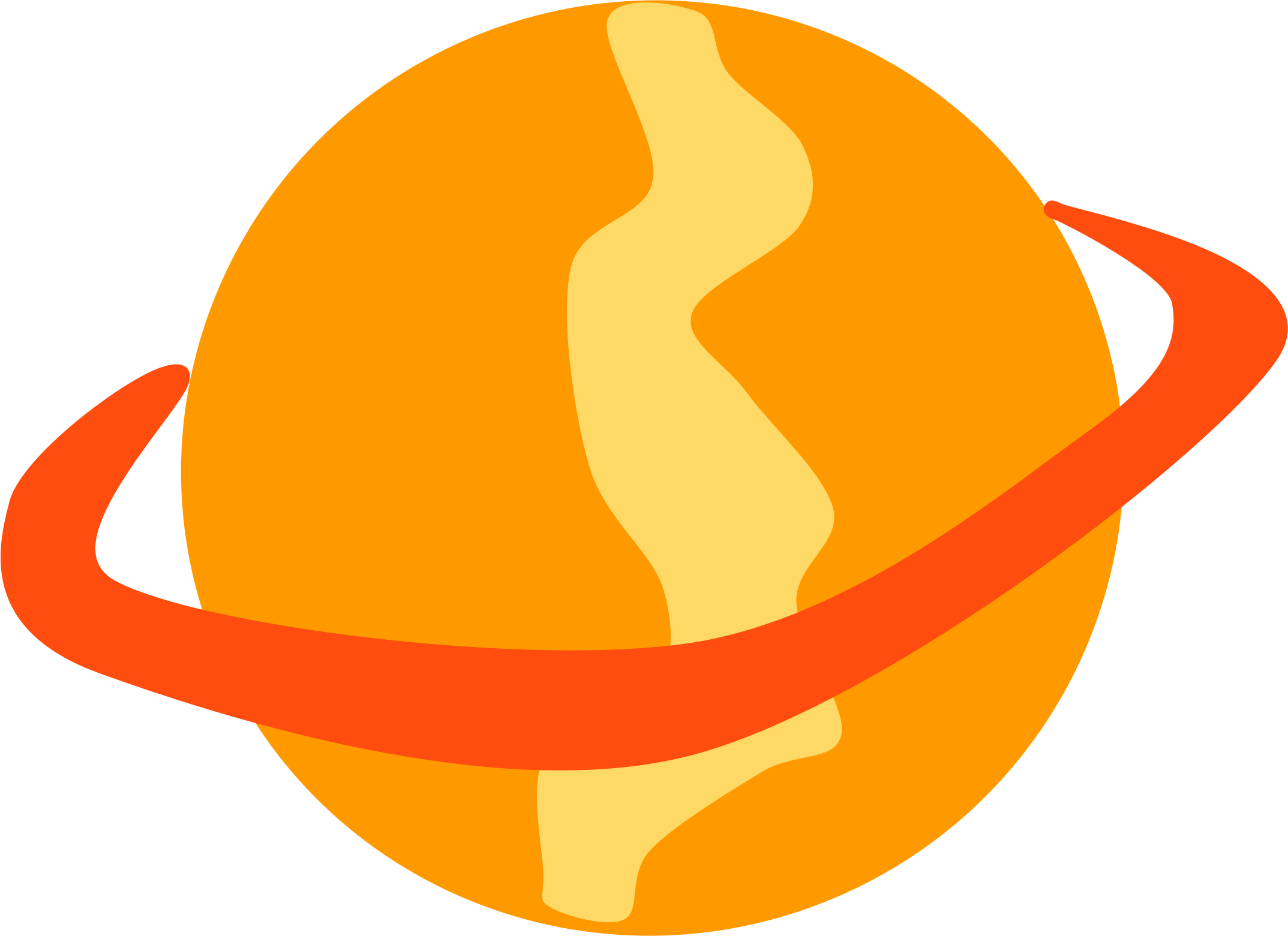 When I was a kid, one of my heroes was Sally Ride. The first American woman in space, she was walking, talking proof that science wasn’t only for men, and that girls like me could touch the stars. While I didn’t grow up to be an astronaut like Ride, she did inspire me to wonder about those twinkling lights up there in the sky and what they looked like up close. (“The stars don’t look bigger,” she told Scholastic in a 1998 interview, “but they do look brighter.”)
When I was a kid, one of my heroes was Sally Ride. The first American woman in space, she was walking, talking proof that science wasn’t only for men, and that girls like me could touch the stars. While I didn’t grow up to be an astronaut like Ride, she did inspire me to wonder about those twinkling lights up there in the sky and what they looked like up close. (“The stars don’t look bigger,” she told Scholastic in a 1998 interview, “but they do look brighter.”)
Unless your school budget is much larger than mine, you probably can’t take your elementary students on a field trip into space. However, you can explore it with them through the power of the written word, and perhaps even inspire in them some of the same curiosity and wonder I felt whenever I watched a shuttle launch. These 1st grade writing prompts about space are the perfect way to get the intergalactic party started.
 Prompt #1: “My name is ___, and I am a planet.”
Prompt #1: “My name is ___, and I am a planet.”
 Learning the properties of the planets of our solar system simply by studying lists or memorizing charts can be a bit dull. Spice up the lesson (and make it easier to remember) by turning it into an exercise in storytelling. This space-themed prompt asks your 1st graders to write from the perspective of a planet, rather than just rattling off a list of physical characteristics. Have them write what they know about the planet they’ve chosen as if they are introducing themselves—if they were that planet, what important facts would they want everyone to know about them?
Learning the properties of the planets of our solar system simply by studying lists or memorizing charts can be a bit dull. Spice up the lesson (and make it easier to remember) by turning it into an exercise in storytelling. This space-themed prompt asks your 1st graders to write from the perspective of a planet, rather than just rattling off a list of physical characteristics. Have them write what they know about the planet they’ve chosen as if they are introducing themselves—if they were that planet, what important facts would they want everyone to know about them?
PROJECT IDEA:
This prompt is a lot of fun (and super easy!) to turn into a one-of-a-kind book. Once your students have finished writing their responses, ask them to peer edit and revise their work until it glows like the sun. Then, ask them to draw their planets as if they had faces. Encourage them to think creatively about their illustrations—does Jupiter, for example, have a stormy disposition? Is Neptune cold and distant because it’s an “ice giant”? Publish their writing and illustrations in a planetary classbook of who’s who in the galaxy!
 Prompt #2: Choose a space topic that interests you and share 3 facts about it.
Prompt #2: Choose a space topic that interests you and share 3 facts about it.
 There’s no easier or more effective way to engage your students in the classroom than to let them explore the topics that interest them most. This space writing prompt asks your 1st graders to practice their informational writing skills and choose something about space that calls to them, whether they want to write about galaxies, space shuttles or astronauts. Once they’re done writing, ask your students to share their responses—this way, everyone learns a little something about everyone else’s topic of choice.
There’s no easier or more effective way to engage your students in the classroom than to let them explore the topics that interest them most. This space writing prompt asks your 1st graders to practice their informational writing skills and choose something about space that calls to them, whether they want to write about galaxies, space shuttles or astronauts. Once they’re done writing, ask your students to share their responses—this way, everyone learns a little something about everyone else’s topic of choice.
PROJECT IDEA:
Instead of choosing space topics willy-nilly, provide your students with a list (one topic per student, and at least one beginning with each letter in the alphabet). Ask your students to choose at least one item on the list to write about and illustrate. Once they’re finished, collect and arrange their work in alphabetical order to create and publish a fun and unique outer space alphabet book like the one featured below!
 Prompt #3: List all the neat things you’ve seen while looking up at the night sky.
Prompt #3: List all the neat things you’ve seen while looking up at the night sky.
 Everyone knows the night sky is made up of the moon and stars. But what else might you spot while gazing up at the heavens after dark? Ask your students to do a bit of easy homework one night and simply take a few minutes after dinner to go outside and look up at the night sky. While they’re looking, ask them to think about everything they see up there. Are there clouds? Is the sky different colors? Did they see a bird, a bat or even an unidentified flying object while they were looking up? The next day, ask them to write about what they saw, listing as many things as they can remember in detail.
Everyone knows the night sky is made up of the moon and stars. But what else might you spot while gazing up at the heavens after dark? Ask your students to do a bit of easy homework one night and simply take a few minutes after dinner to go outside and look up at the night sky. While they’re looking, ask them to think about everything they see up there. Are there clouds? Is the sky different colors? Did they see a bird, a bat or even an unidentified flying object while they were looking up? The next day, ask them to write about what they saw, listing as many things as they can remember in detail.
PROJECT IDEA:
This prompt can also serve as step one of a beautiful class project, if you’re looking for a more in-depth lesson on the night sky. Once your students have finished their lists, ask them to choose one or two things to describe in detail. Then, ask them to create illustrations to accompany their descriptions. Finally, publish their writing and art in a lovely collaborative classbook all about the night sky!
Exploring Outer Space Through Writing
Instead of exploring space via shuttle like my hero Sally Ride, I traveled by paper and ink. Reading and writing about space taught me more than just how to tell the difference between stars and planets and what astronauts eat during missions. It taught me to think beyond the horizon and consider what other worlds, and perhaps even other forms of life, might yet be somewhere out there, waiting to be discovered.
Whether your students are writing about planets, the night sky or some other space concept, one thing’s for sure: the more they read and write about it, the more they’ll imagine and wonder about the universe and all the strange, fantastic things that make it up. And of course, the more they wonder, the more questions they’ll ask, and the more they’ll learn—both about the world around them and their place in it.
For more (free!) writing prompts and other creative teaching resources that are out of this world, be sure to check out our online teacher’s lounge, and order your free publishing kit today!
Image sources: Lead image via Shutterstock; Images 1, 2, 3 via OpenClipart.org





